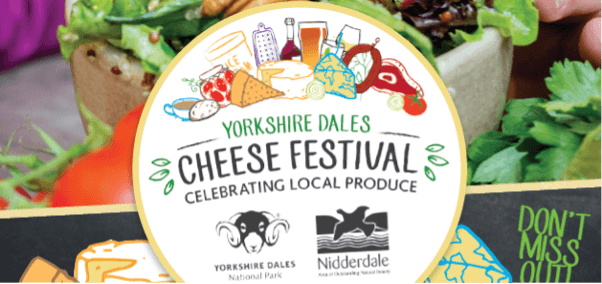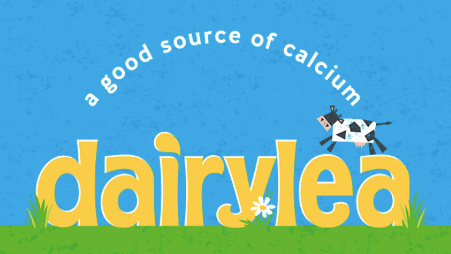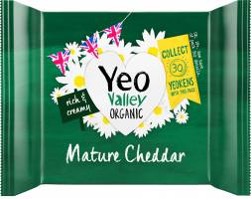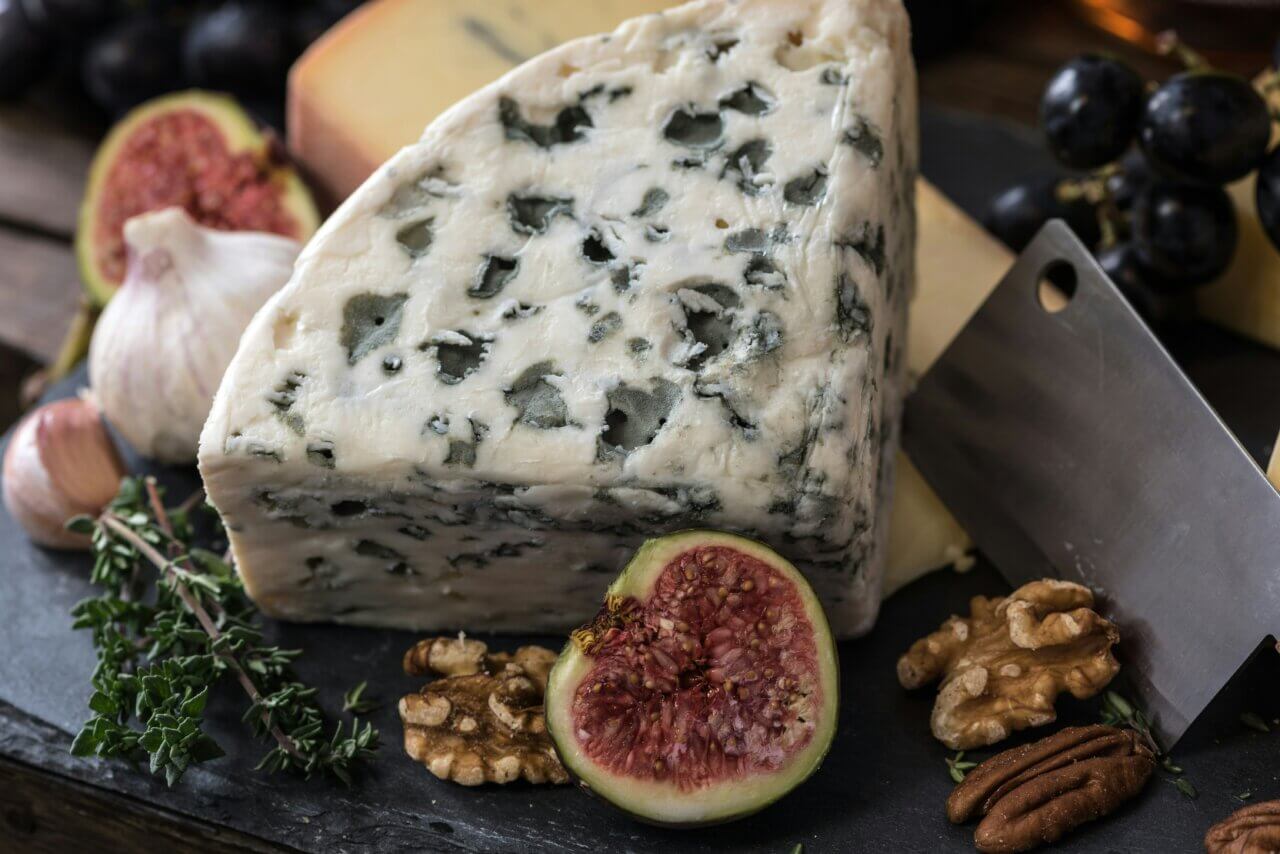Our Thoughts
Nature vs Culture Cheese in UK Culture
Two days after blue Monday, the 20th of January gives us an opportunity to celebrate a rather different kind of blue… blue cheese! Yes, the 20th January 2021 marks National Cheese Lovers Day, and we Brits certainly do love our cheese. Charles de Gaulle once famously said of France “how can you govern a country in which there are 246 kinds of cheese?”. Well that challenge must be pushed even further in the UK where recent reports suggest there are currently some 1,800 distinct regional cheeses. If cheese is a signifier of identity, then the UK possesses an exceptional diversity of personalities.

The role of cheese as a signifier of identity is reflected in a number of familiar variant names, which are derived from the products original site of production such as Red Leicester, Wensleydale, or Cornish Yarg. Using place names communicates that these cheeses are emblems of local pride, and the result of a committed community effort.
Food is a frequent space for expressing local identity, and pride is a particularly strong consideration for cheese, a product that is in its essence a transformation of local nature: the result of human mastery of the land through farming, milking, processing and aging. The practice of harvesting from local nature, and transforming through passed down craft expertise influences the semiotic codes applied to the category, where we see a tension between the communication of nature and culture.

If we look at ‘introductory’ cheeses, targeted at children, such as Dairylea or Laughing Cow, the paleness of the product, idyllic countryside pack imagery and references to dairy and cows within the very product names reinforces a sense of closeness to milk. These are coded as minimally processed products filled with natural innocence. Child friendly cheeses are minimally transformed nature.

For more ‘adult’ cheeses references to flavour (e.g. Seriously Strong), maturity, layers of historic meaning, e.g. castles, cathedrals and historical figures and a sense of human certification, come to the fore (e.g. Pilgrims Choice, Président). Aging of cheese is, of course, associated with producing more ‘adult’ flavours, as evidenced by referring to a cheese as either “mild”, or “mature”. This sense of maturity associated with particularly strong flavoured or smelling cheeses appeals to particularly connoisseurial consumers who consider themselves experienced in the ways of cheese.
As elemental transformed nature, cheese also straddles a divine divide, being both holy (e.g Cathedral City, Pilgrims Choice, Saint Agur) and fallen (e.g. Stinking Bishop, Renegade Monk). In this respect it shares many properties with traditional British ales which may be virtuous (e.g. Abbot Ale, Bishops Finger) or threatening (e.g. Wychwood Black Wych, Adnams Ghost Ship). This dichotomy speaks to a kind of pagan relationship with the land as both provider, and untamed threat.
Overall, the language and imagery of cheese reflect a dichotomy that when you are young, cheese is a minimally processed product from cows, but when you are adult it is the result of intensive human crafting and experience.

One notable exception to this split is the Yeo Valley Mature Cheddar product launched last year. This product aligns with the natural narratives associated with the existing Yeo Valley range, with the pack employing their distinctive green livery and daisy imagery. It is notable, however, that the online copy supporting this product does focus on the human aspect, declaring “our mature Cheddar is crafted using only British organic milk and then hand-selected by our expert cheesemakers for a wonderfully rich and creamy taste.” In this case the brand has endeavoured to establish a balance between the nature and culture narratives of the cheese category.
As we can see, in the UK cheese is deeply embedded in our narratives of land and community, but which side of this split is favoured depends on the positioning of the cheese in question, and its target market.
Key takeouts for brands:
- Everyday products can be imbued with a vast amount of historical cultural meaning. New brands entering a category need to be aware of these meanings if they are to communicate effectively.
- Different sub-groups within a category may employ related but distinct cultural narratives (e.g. cheese for children focusing on nature, adult cheese focusing on culture). Understanding your audience is vital to meet their cultural needs.
- Understanding the culture around your brand can unlock powerful opportunities for new messaging that will resonate with embedded consumer desires.
Mark Lemon, Project Director

